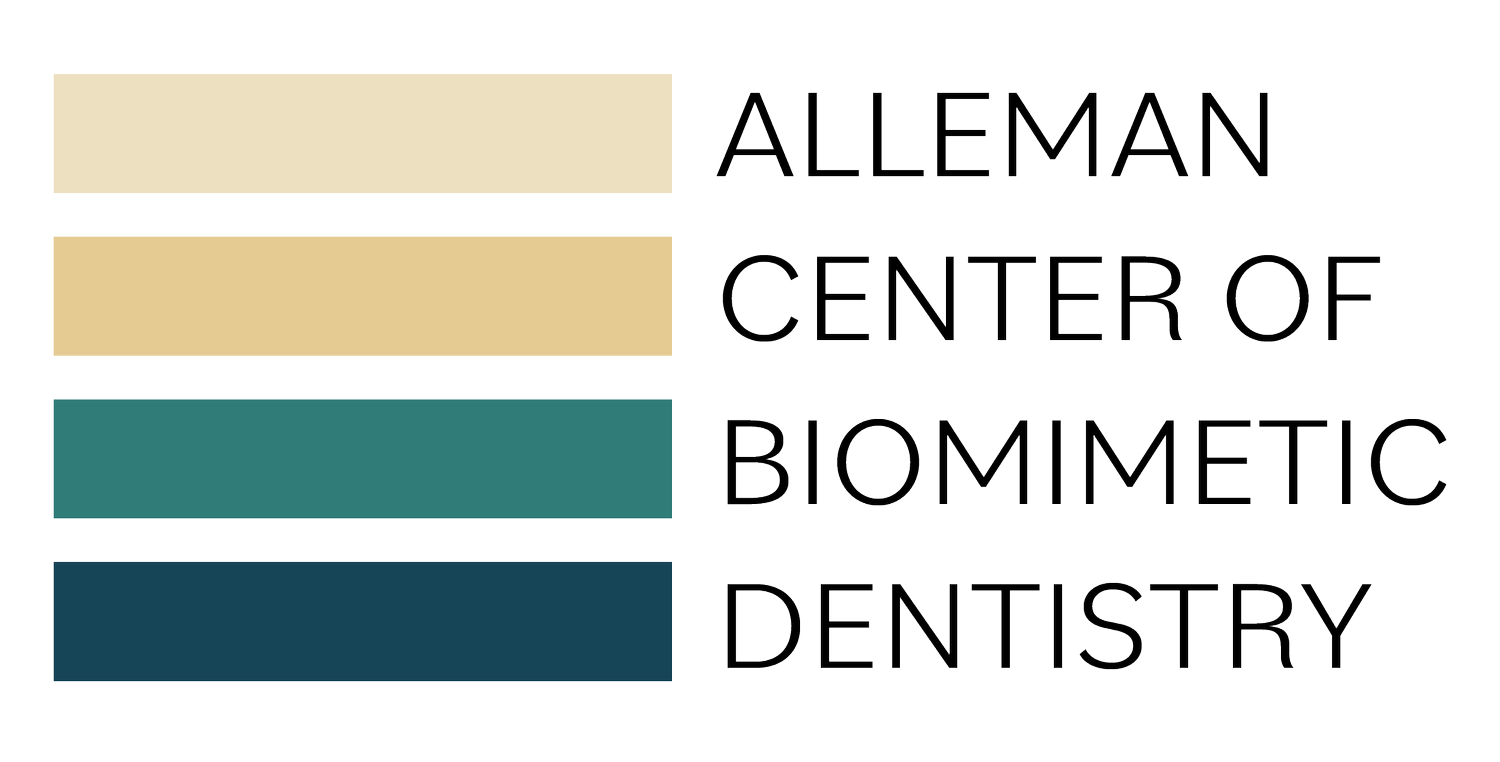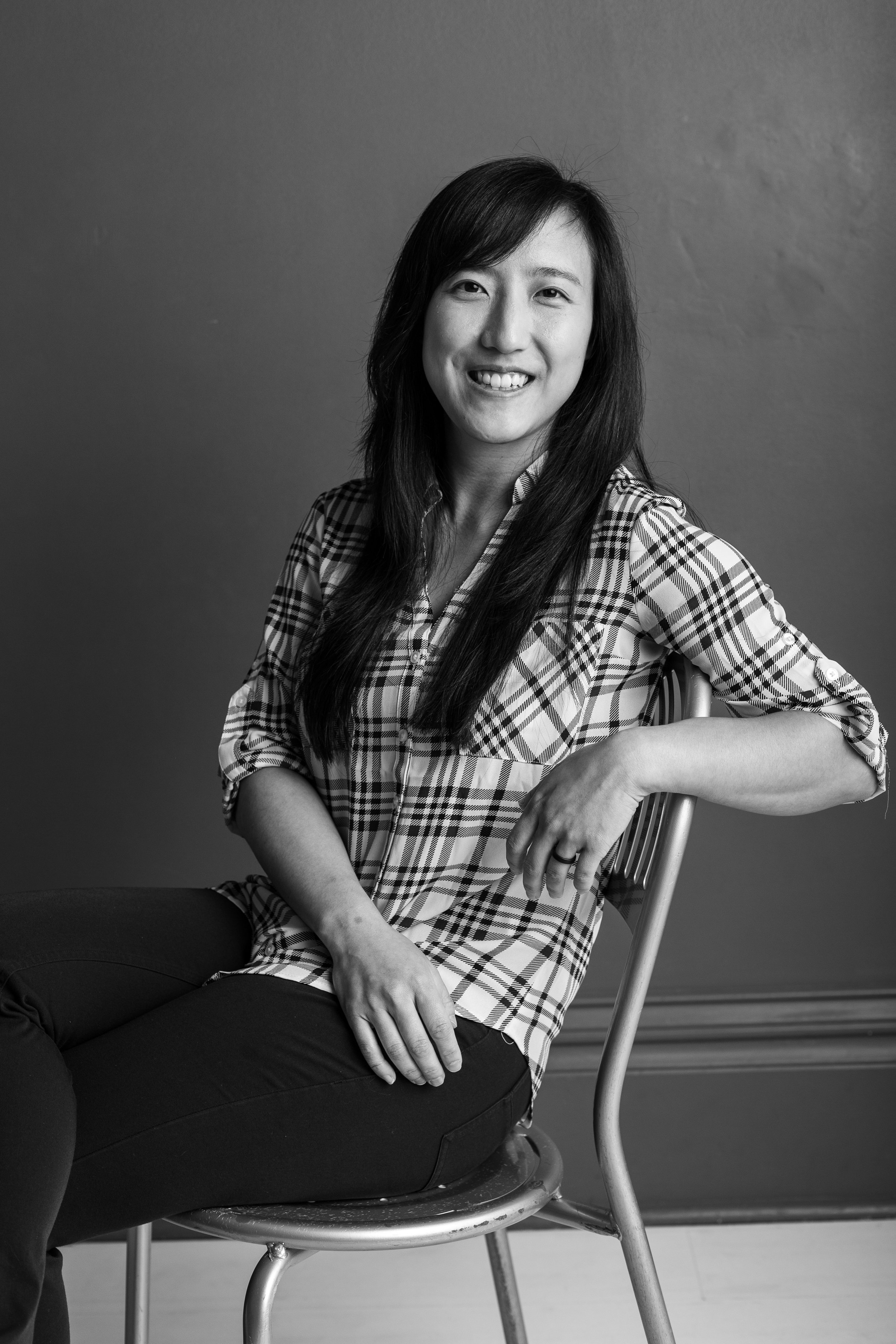The Essential First Step in a Biomimetic Restoration
If there was one thing you could do differently in your dentistry that would immediately improve your clinical outcomes, would you do it? This sounds like a gimmick or an infomercial for the latest technology for dental offices but actually involves a $40 bottle of solution you probably remember from dental school and a dive into the science behind why it reliably improves restorations.
Caries-detecting dye (CDD). This tool should be the starting point for every restoration. Tactile feel is not a dependable method of caries removal, between hand, rotary and ultrasonic instruments that remove tissue at different speeds and sound dentin that can vary in hardness depending on its location. CDD can remove any guesswork of judging hardness by feel and serve as the first step in a predictable restoration.
But there is more to CDD than opening the bottle. Just like any product you use within the process of your biomimetic restoration, your techniques make a difference. Alleman Center mentor Dr. Ashley Chung is going to walk you through how to make the most out of CDD.
Dr. Ashley Chung shares the details of caries-detecting dye
Had you used CDD before learning about biomimetic dentistry?
Dr. Chung: Caries detector dye was introduced to me in dental school, but we were taught to remove all the stained dentin. It also had the reputation of creating false positives as we reached closer to the pulp, so it was not widely used on the clinic floor. Faculty would use it as a way to help students first identify carious dentin and get a feel for what it is like during removal but then discouraged continuing to use it. Kind of like training wheels for caries removal.
I do think my experience with the dye in dental school is a good representation of how this dye is perceived amongst most dental professionals: It is not accurate and overly aggressive.
Back when you were going through the Biomimetic Mastership, what did you learn about CDD that was new to you?
Dr. Chung: When I learned the Six Lessons Approach to Biomimetic Dentistry, I was taught how to use caries detector dye in a completely different way. We were taught to use the dye to confirm that the periphery of dentin surrounding the pulp is completely clean while leaving stained dentin around the pulp. Learning that it is fine to leave stained dentin and that the purpose of using it is to confirm the peripheral dentin is completely stained free, indicating the best bonding surface, was a game changer on how to use this product.
How does CDD work?
Dr. Chung: Caries detector dye does not stain bacteria. Instead, the dye is getting trapped in demineralized dentin where the collagen framework is degrading. In caries-infected dentin, the collagen framework is completely broken down and the dentin stains a red to dark pink color. In caries-affected dentin, the collage framework is partially intact and this dentin will only create a light pink stain.
Should everything that stains pink be removed?
Dr. Chung: The process of using caries detector dye to clean the dentin surrounding the pulp is tedious and can take multiple applications. It is important to ensure this dentin is stain-free; however, we can leave stained dentin right next to the pulp to prevent a pulp exposure. Pulp exposures will dramatically increase the possibility of necrosis in a vital tooth. When a tooth needs a root canal, the restoration can no longer be truly biomimetic. Thus, preventing unwanted root canals in vital teeth is a major goal in biomimetic dentistry. Leaving stained dentin by the pulp is a choice we make to preserve pulp vitality, and by ensuring the surrounding dentin is stain free, we create a strong bond to this dentin to seal in the remaining stained bacteria. In this favorable environment, the pulp will begin to heal and also lay down reparative dentin.
Again, if there was one thing you could do differently in your dentistry that would improve outcomes for your patients immediately, would you do it? If there was a tool that definitively told you which tooth structure to remove and which to preserve, a tool that protected the pulp from necrosis and goes a step further to promote pulp health, would you use it?
When considering the cycle of death – what causes a tooth to require increasingly invasive treatment until it becomes non-vital – confidently treating caries could save countless teeth.
CDD and caries removal endpoints take the guesswork out of the first step in your treatment, laying a reliable foundation that will allow for longer-lasting restorations and healthier teeth.
Ashley Chung graduated from Loma Linda University School of Dentistry in 2015. She is currently working in Portland, OR as a general dentist. She started the Biomimetic Mastership program in January of 2020 and with the support of Davey Alleman started her Instagram, @dr.ashlifts, at that time. These two events have been life-changing in her career and now her passion is to help other dentists find confidence in their clinical work.
While Dr. Chung has since left the Alleman Center team to focus on work and professional projects, we encourage everyone to follow her work and continue to learn from the resources and educational information she shares.

